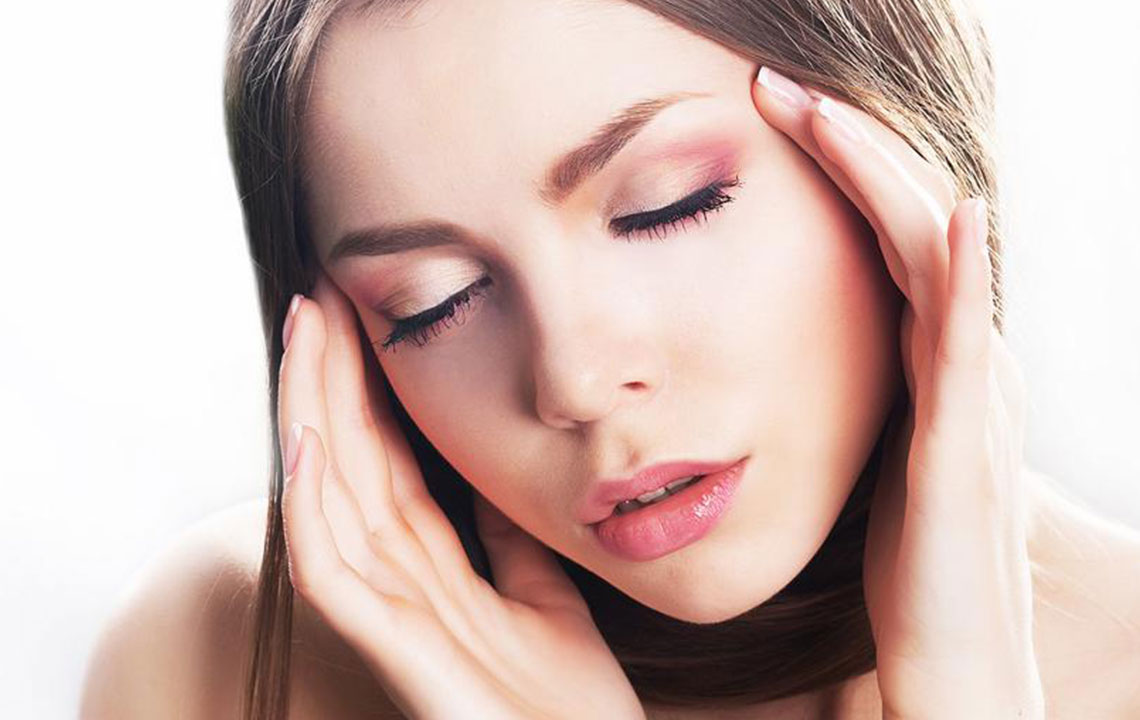Migraine – Causes, Symptoms, and Cure

Migraine is one of the common problems that afflict many of the people. This headache problem occurs due to changes which might occur in the brain and the blood vessels which surround them.
Some important facts related to a migraine
This headache lasts from 4 hours to three days with the frequency varying from a daily basis to less than once a year. National Headache Foundation, a research organization dedicated to health issues in the United States of America has found out that around 37 million people in the United States have issues related to a migraine. An important fact related to a migraine is that it affects women three times more than it affects men.
Causes of migraine headaches
The exact causes of migraine headaches are yet not known, but it is believed that it occurs due to the expansion of the blood vessels and release of some chemicals which results in the occurrence of pain.
Two chemicals namely serotonin and dopamine have been found to be responsible for the occurrence of a migraine. These two chemicals are generally found in the brain but can result in abnormal functioning of blood vessels.
It is, however, known that different triggers ignite a migraine and different people have distinct triggers, which incite a migraine in them.
Foods such as cheese, nuts, chocolate are the causes of migraine headaches in some people. Others find consumption of alcohol to be a trigger for a migraine. If a person misses the meal, it can also result in a headache which eventually transforms into a migraine.
Tension and stress are some other causes of migraine headaches. Increased emotional and physical stress also causes migraine headaches in some people. In women, birth control pills also lead to the initiation of a migraine. This headache usually begins at the later stage of pill consumption as the intake of pills reduces. This happens as estrogen present in the pill decreases in the blood since the consumption of these pills is reduced.
Smoking is also one of the major causes of a migraine headache since it interferes with any kind of treatment which a person might be taking at that time.
Symptoms of a migraine
The symptoms of a migraine also vary with people. Five distinct phases of a migraine are known now.
Prodrome
A migraine has many pre-warnings before it occurs. Change in mood, change in sensations, fatigue and muscle tension are some of the warnings which indicate that a migraine is about to occur.
Aura
This is kind of sensory disturbance which precedes a headache. Some people see blind spots and feel as if geometric patterns and colorful lights are visible. In serious cases, people who suffer from a migraine might lose vision in one eye.
Headache
Usually, migraine results in pain in one side of the head, but sometimes it occurs on both sides of the head. Sometimes, the pain is so intense that the person feels like vomiting. People who have a migraine might also suffer from phonophobia and photophobia (fear from sound and light) owing to a migraine.
Termination of a headache
Even if some medication is not taken in a migraine, the pain withers away as the patient sleeps.
Postdrome
People who suffer from a migraine often find it difficult to eat, have problems with concentrating on any issue at hand and might also face fatigue issues. This lethargy might persist even when there is no pain.
Cure of a migraine
- Migraine has both over the counter medication and natural reliefs which can be tried to get relief from headache.
- People suffering from a migraine can use a cold compress on the area which is affected by this pain. The use of a comfortable pillow also reduces the intensity of pain in some cases.
- If the intensity of pain is severe, the person having migraine should sleep in a room which has no light, sound or smell. In cases, when a migraine is severe, the person should not remain in a stressful ambiance, if it exists in the area.
- Reducing the intake of caffeine also helps in reduction of migraine pain.
Over-the-counter treatment for a migraine
A range of medications can also be tried in case the migraine persists for a longer duration. There are numerous medications which can be tried on the recommendation of a doctor.
Nonsteroidal anti-inflammatory drugs for migraine cure
Medicines like ibuprofen, aspirin, and naproxen are used for migraine cure. However, people who suffer from stomach bleeding should not use these drugs. The doctor should ideally be consulted before any of these over the counter medication for the cure of a migraine is taken.
Some other over the counter medications can also be used in case of a severe migraine. A combination of aspirin with a black coffee cup can also be used to cure signs of migraine.
Following a healthy lifestyle is an ideal way of overcoming this problem in long run. People who tend to remain happy also do not suffer from a migraine in the long run.


